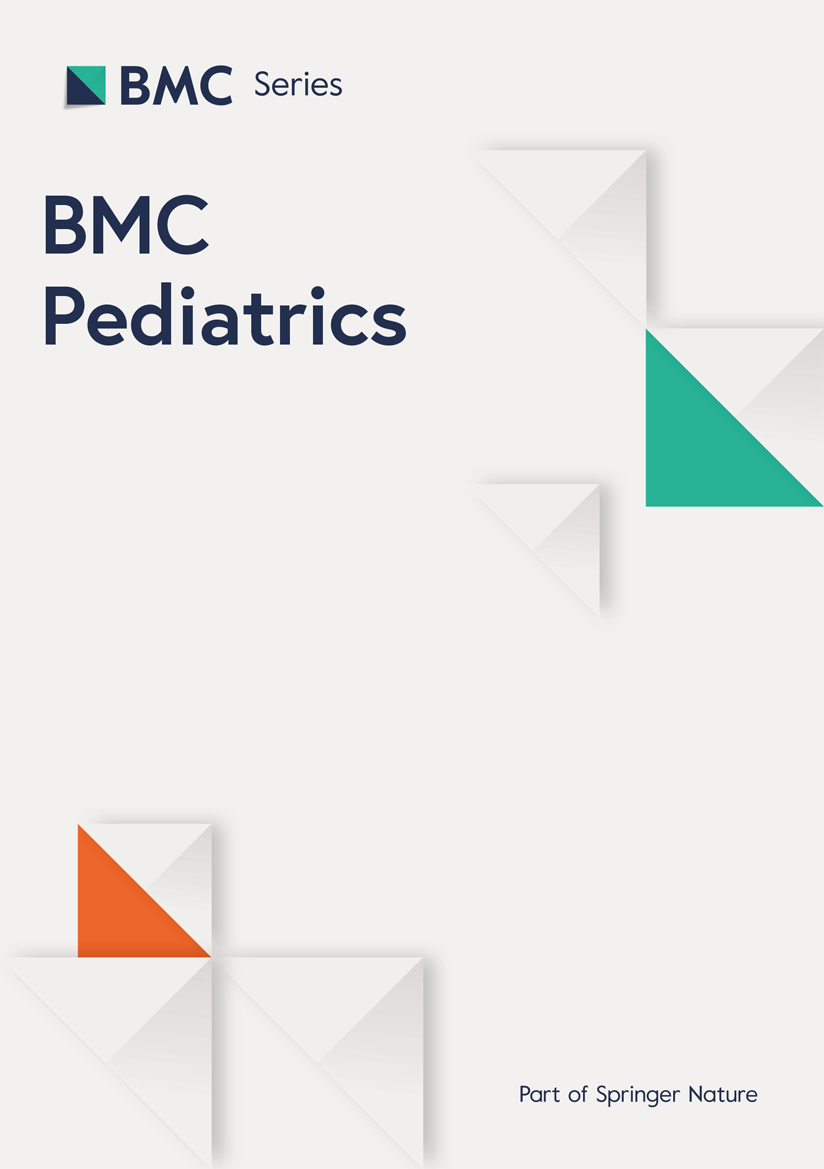Impact of pet dog or cat exposure during childhood on mental illness during adolescence: a cohort study
表題の論文を全文日本語訳してみました。翻訳アプリにかけた日本語訳を英文に照らして修正していますが、表記のゆれや訳の間違いがあるかもしれません。正確に内容を知りたい方は、原文をご覧ください。
Abstract
Background
4~11歳の子供643人を対象とした先行研究では、犬を飼っている子どもは、飼っていない子どもよりも不安スコアが低かった。
この追跡研究では、幼少期にペットの犬や猫に接することで、思春期のメンタルヘルス(MH)障害のリスクが減少するかどうかを検証している。
Methods
レトロスペクティブ・コホート研究デザインを用いて、先行研究のデータベースと電子カルテ(EMR)データを統合し、分析用データベースを作成した。
先行研究登録時から2021年10月27日までに発生した一般的なMH診断(不安、うつ病、ADHD)を、ICD-9およびICD-10コードを用いて同定した。
比例ハザード回帰を用いて、ペットを飼っている青少年と飼っていない青少年のあいだで、MHと診断されるまでの期間を比較した。
2020年4月1日から2021年10月27日まで、先行研究の両親と青少年を対象に、青少年がペットと接触していた時間やペットに対する愛着の度合いについて面接を行った。
曝露には、ベースライン時に犬を飼っていたこと、追跡調査期間中にペットの犬または猫に曝露された累積時間、ペットの愛着度などが含まれた。
おもな転帰は、不安診断、いずれかのMH診断、向精神薬処方に関連するMH診断であった。
Results
EMRレビューにより、平均年齢14歳(範囲11~19歳)の571人の青少年が同定され、53%が男性、58%がベースライン時にペットの犬を飼っていた。
追跡期間中(平均7.8年)、191人の子供がMHの診断を受けた:99人が不安症(52%)、61人がADHD(32%)、21人がうつ病(11%)、10人が複合MH(5%)と診断された。
有意な交絡因子を調整した結果、ベースライン時にペットの犬を飼っていたことは、MH診断のリスク低下と関連していた(HR = 0.74、p = 0.04)が、不安や向精神薬処方を伴うMH診断には関連していなかった。
追跡調査のために連絡のあった241人(42%)の青少年において、親が報告したペットの犬への累積暴露は、MH診断の発現と境界的な負の関連を示した(HR = 0.74, p = 0.06)。
最も愛着のあるペット(犬または猫)への累積曝露は、不安診断(HR = 0.57、p = 0.006)および何らかのMH診断(HR = 0.64、p = 0.013)と負の関連を示した。
Conclusion
愛着心の強いペットの犬や猫との累積的な接触は、思春期のMH障害のリスク低減と関連している。

Background In our prior study of 643 children, ages 4–11 years, children with pet dogs had lower anxiety scores than children without pet dogs. This follow-up study examines whether exposure to pet dogs or cats during childhood reduces the risk of adolescent mental health (MH) disorders. Methods Using a retrospective cohort study design, we merged our prior study database with electronic medical record (EMR) data to create an analytic database. Common MH diagnoses (anxiety, depression, ADHD) occurring from the time of prior study enrollment to 10/27/21 were identified using ICD-9 and ICD-10 codes. We used proportional hazards regression to compare time to MH diagnoses, between youths with and without pets. From 4/1/20 to 10/27/21, parents and youth in the prior study were interviewed about the amount of time the youth was exposed to a pet and how attached s/he was to the pet. Exposure included having a pet dog at baseline, cumulative exposure to a pet dog or cat during follow-up, and level of pet attachment. The main outcomes were anxiety diagnosis, any MH diagnosis, and MH diagnosis associated with a psychotropic prescription. Results EMR review identified 571 youths with mean age of 14 years (range 11–19), 53% were male, 58% had a pet dog at baseline. During follow-up (mean of 7.8 years), 191 children received a MH diagnosis: 99 were diagnosed with anxiety (52%), 61 with ADHD (32%), 21 with depression (11%), 10 with combined MH diagnoses (5%). After adjusting for significant confounders, having a pet dog at baseline was associated with lower risk of any MH diagnosis (HR = 0.74, p = .04) but not for anxiety or MH diagnosis with a psychotropic prescription. Among the 241 (42%) youths contacted for follow-up, parent-reported cumulative exposure to pet dogs was borderline negatively associated with occurrence of any MH diagnosis (HR = 0.74, p = .06). Cumulative exposure to the most attached pet (dog or cat) was negatively associated with anxiety diagnosis (HR = 0.57, p = .006) and any MH diagnosis (HR = 0.64, p = .013). Conclusion Cumulative exposure to a highly attached pet dog or cat is associated with reduced risk of adolescent MH disorders.